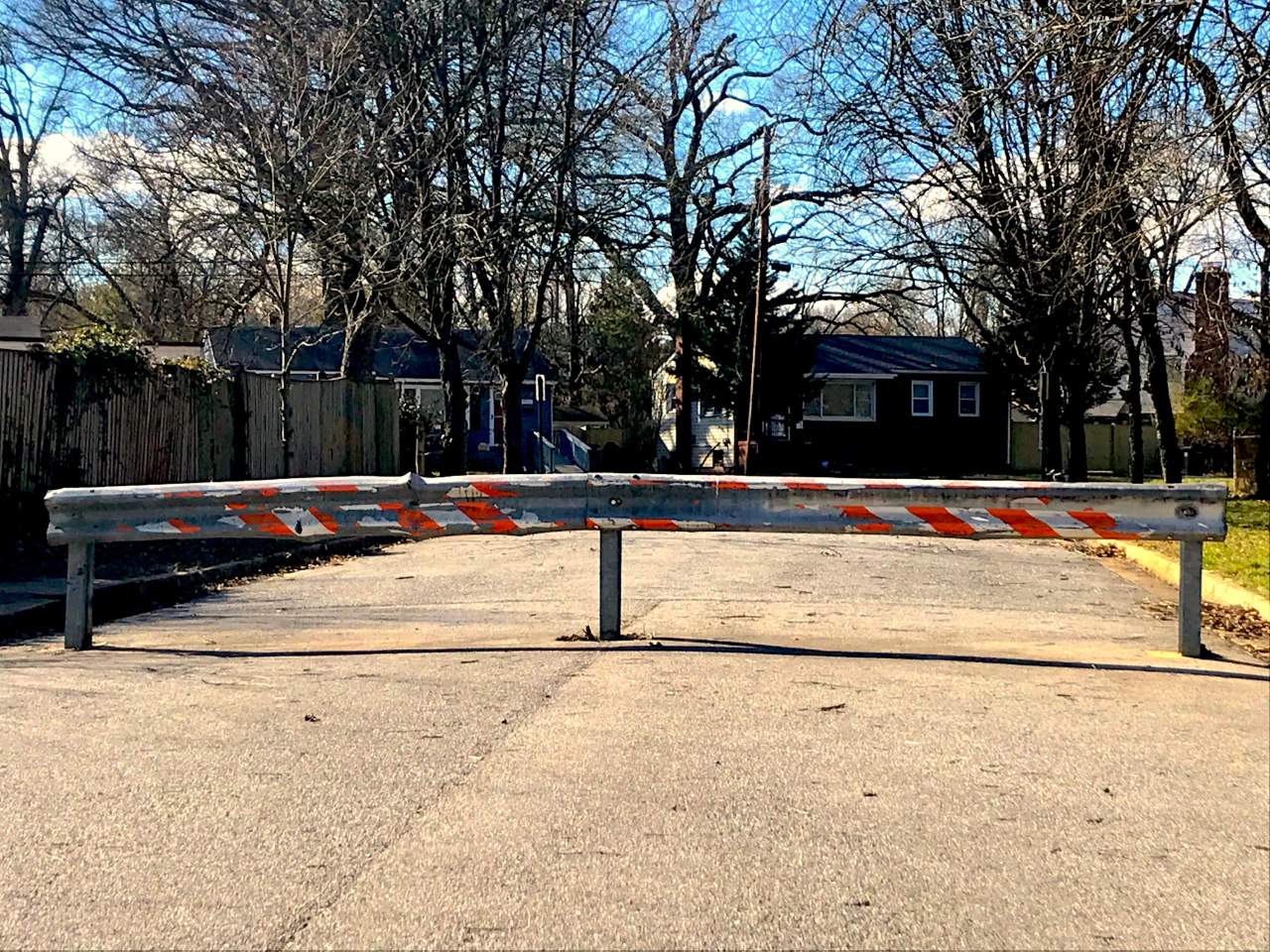
In the middle of Windom Road in North Brentwood, near the intersection of 39th Place, a metal barrier stretches across the street.
It doesn’t look like much. The only thing acknowledging its existence is an unexplained thin spot in the road on some maps.
But when the barrier was put up in 1957, it was as forbidding as a garrison wall, dividing the white community of Brentwood from the Black community of North Brentwood.
The barrier was part of a larger effort in mid-century America to maintain segregation by making some white areas so-called sundown towns, where African Americans were at risk of violence if they stayed after sundown.
The restrictions began in the 1920s and 1930s, and the walls came later. A gray brick wall, called Hall’s Hill Wall, was built in Arlington County in the 1930s, and other “segregation walls” or “race walls” can be found in cities such as Miami, Detroit, Atlanta and Fort Worth.
In his book “Sundown Towns,” historian James Loewen writes about the North Brentwood barrier that he was “struck by the absence of any social class difference between homes on both sides of the barrier,” but a longtime resident told him stories of white residents, including children, throwing things and using racial slurs at Black residents who came too close to the dividing line.
In recent years, Brentwood and North Brentwood have worked together to memorialize the history behind the barrier. In January, they chose a Washington-area artist to develop a piece of public art for the upcoming Windom Road Historic Barrier Park, and they’ll work with residents in the coming months on the design.
The current plan calls for removing the barrier but keeping the street closed to traffic, with art and historical markers to explain the history. The barrier will be gone, but never forgotten.
Support the Wire and Community Journalism
Make a one-time donation or become a regular supporter here.










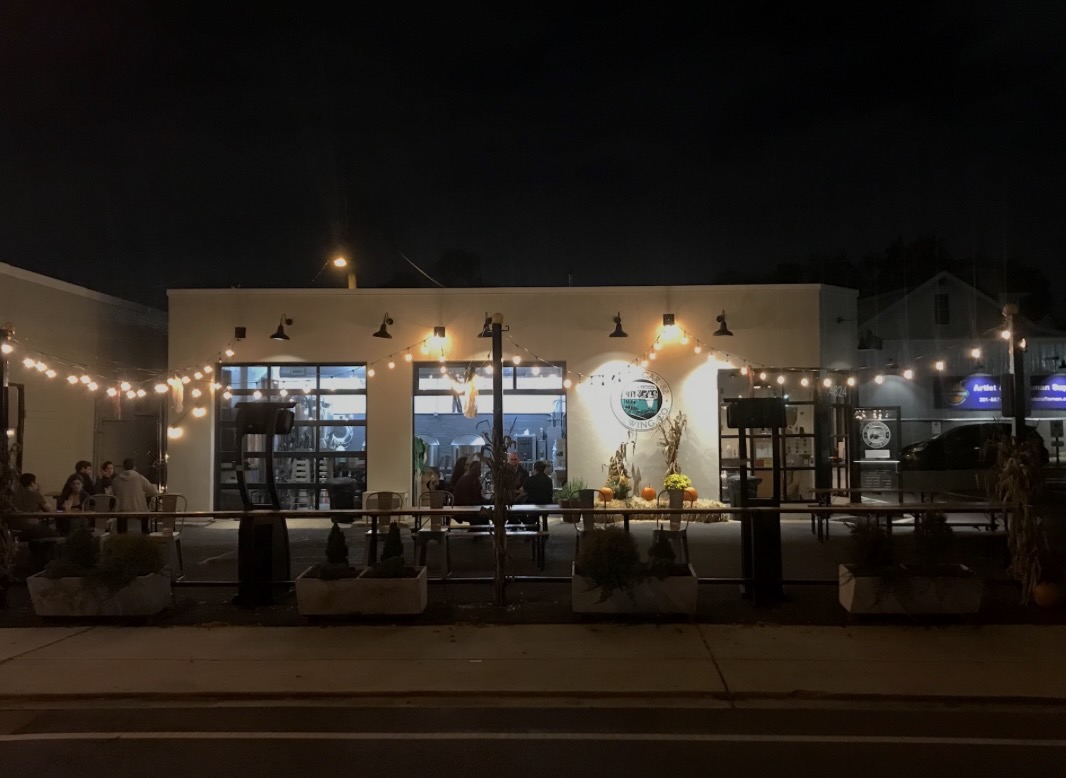
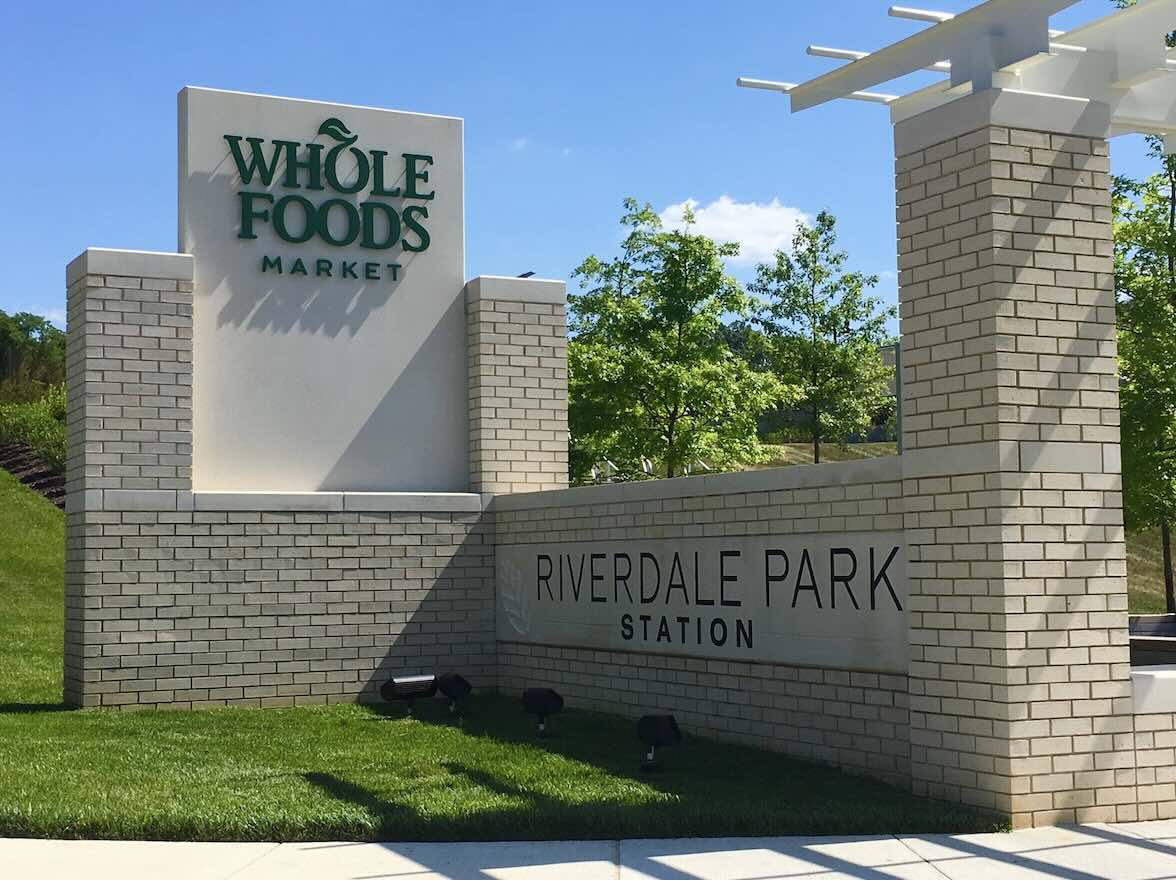
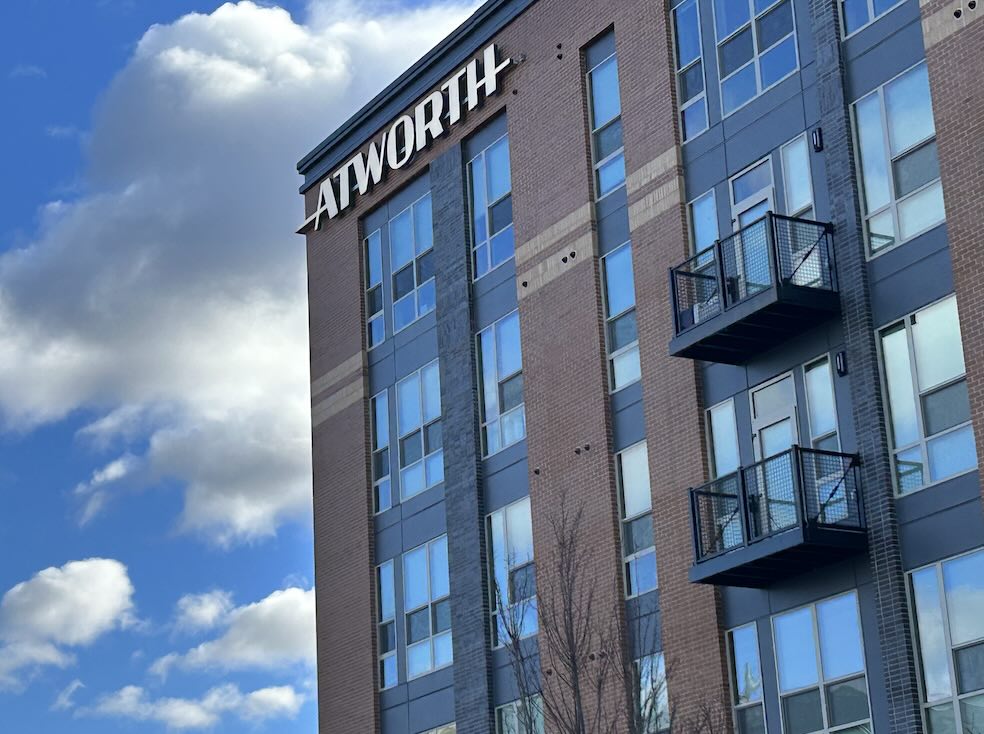
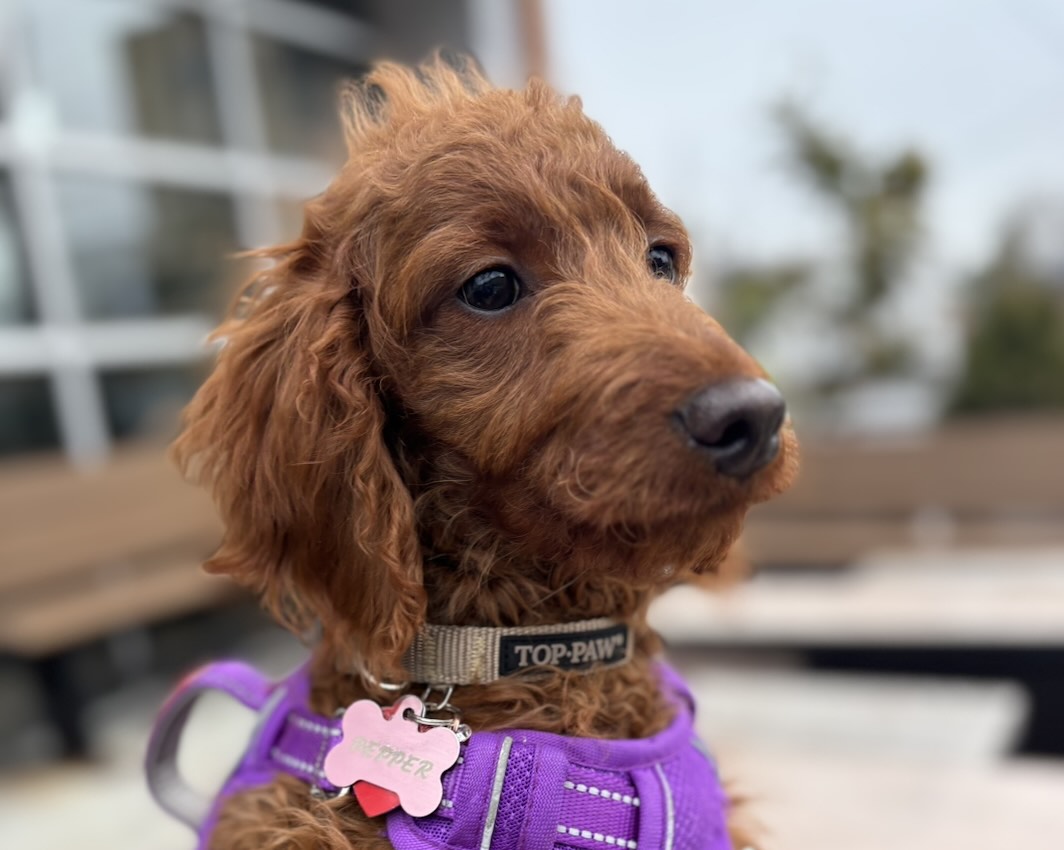


I lived on windom rd when I was in 3rd grade I had no idea why that thing was in the middle of the road. I’m white and had white and black friends, while living there. No one ever said anything to us kids about it. I did see a big car crash into it while we were riding our bikes, going to the little convenience store.
Its alot of history in Dc NW NE SE SW that they don’t tell you about i live here my whole life and few different places to but its sad how they try to cover this up just like in Georgetown when it was all black people in Georgetown or like my family own the ice house on Fla ave NW and they stole it from my family long story.
I can remember when going to school and the White Families would turn the dogs loose to chase on our way to school.